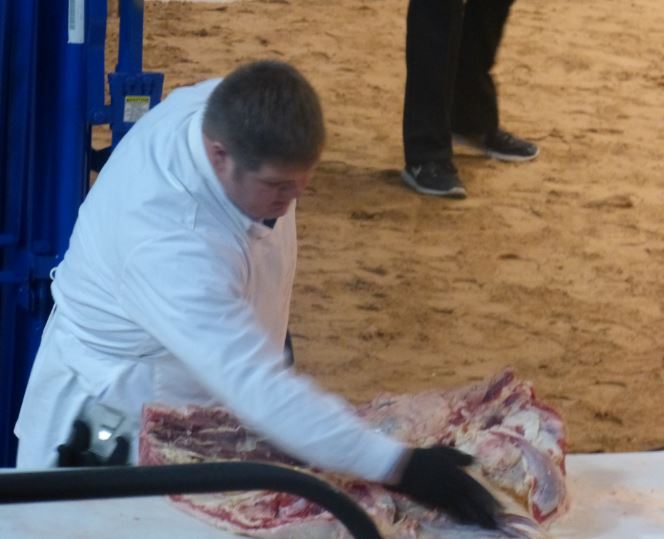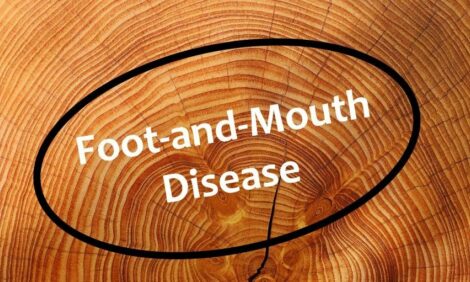



Cows Are Valuable and Not Just For Grinding
US – Beef cows are not solely used for grinding but represent a lot of value to ranchers, with some cuts worth as much as that of fed steers.Producers, therefore, should not think of cows as by-products, but instead look at ways to maximise returns when liquidating cows.
This was the message of the Colorado State University (CSU) meat science team to a packed Cattlemen’s College at San Antonio. Judging cattle size and how to maximize gains in “white cows” was discussed.
This is the term given to cows with white fat, as opposed to yellow fat. The colour change is typically achieved by feeding cows later in life on grains, similar or identical to a feedlot ration.
Professor Daryl Tatum, Colorado State University, told TheCattleSite that this is generally indicative of an improved carcass and that achieving white fat is far more likely on grains.
A premium white cow carcass, he told the audience, is a dairy or beef cow grain fed for 70 to 90 days. Cows with yellow fat have not been given high energy feed, he added.
“Grain feeding cows increases marbling, improves lean colour and enhances size, shape and tenderness of whole muscle beef cuts.
Along with his CSU colleagues, Professor Tatum drove home the point that cows are valuable, particularly to ethnic food industry sectors.

“We aren’t just grinding these cows, high value cuts are taken,” said meat scientist, Dr Dale Woerner. “Most of these cattle are over thirty months of age and don’t qualify for export markets, but these are being used domestically, often in ethnic cuisine segments of the market.”
Dr Woerner said certain cuts on cows, in the present market, are worth as much as corresponding cuts on fed cattle.
“One of the highest value fed cow cuts is the bottom round flat,” he added. “And, on a per pound basis, some cows will be worth as much as fed steers.”
Particular focus was placed on the tenderloin muscle. “Cull cows have an extremely tender tenderloin muscle,” said Dr Woerner.
This is worth $6.05 to $6.15 per pound and up to $6.30 per pound for Angus cows, according to Dr Keith Belk, giving a roundup of the current market prices.
What Determines Value?
There are four things to consider about cow value; weight, dressing percentage, fat and percentage lean. According to Dr Tatum, age is not so important.

Of these factors, fatness has the greatest effect in affecting percentage lean yield of market cows.
He said: “The main deciding factor is how fat the cows are. Cows with no measurable subcutaneous fat typically yield 88 to 90 per cent lean.
“Each 0.1 inch increase in twelfth rib fat thickness reduces percentage lean by about 2.5 per cent”
Next is degree of muscling, after which comes weight.
“Heavier cows yield lower percentage lean. Lighter cows yield higher percentage lean.” A heavier cow loss one per cent lean for every 125 pounds greater than 1,100 pounds.
Making the Most of Cows
Given the value of cull cows to beef operations, Dr Belk stressed the importance of limiting condemnations and devaluations. Things such as bruising and burst capillaries come from stress on the animal and frequently show up on the carcass.
He said slaughterhouse catchment areas are regularly a 400 mile radius in the US. Moving cows long distances increases the chance of bruising, especially in horned cattle.
He drew attention to withdrawal times, a rule that, if breached, results in condemnation.
“Beef farmers manage OK with withdrawal times but it is a bigger problem in dairy cows,” said Dr Belk.
Michael Priestley
News Team - Editor
Mainly production and market stories on ruminants sector. Works closely with sustainability consultants at FAI Farms



